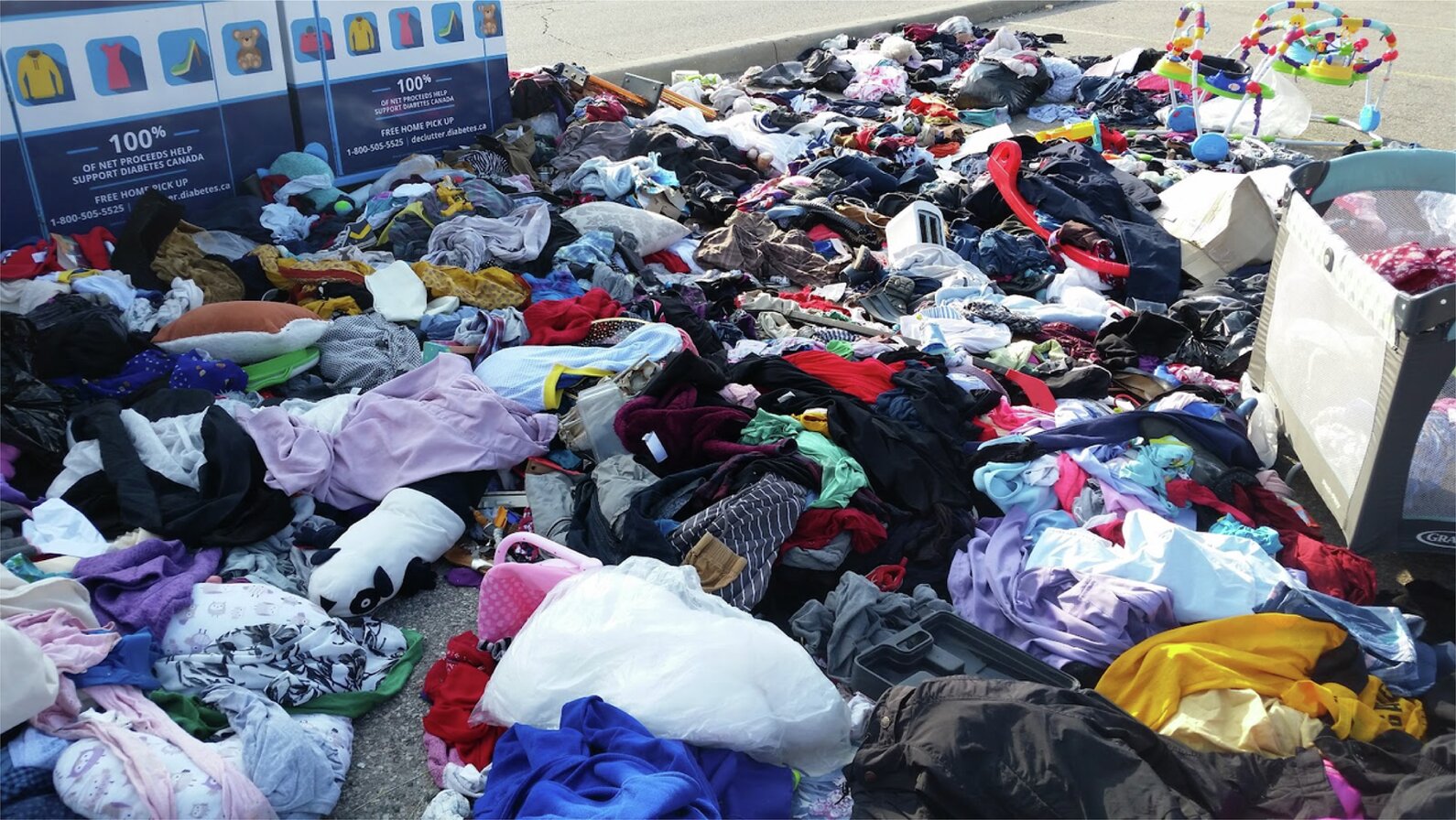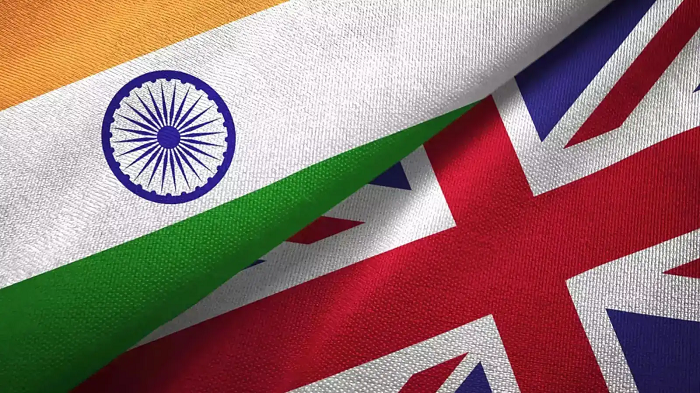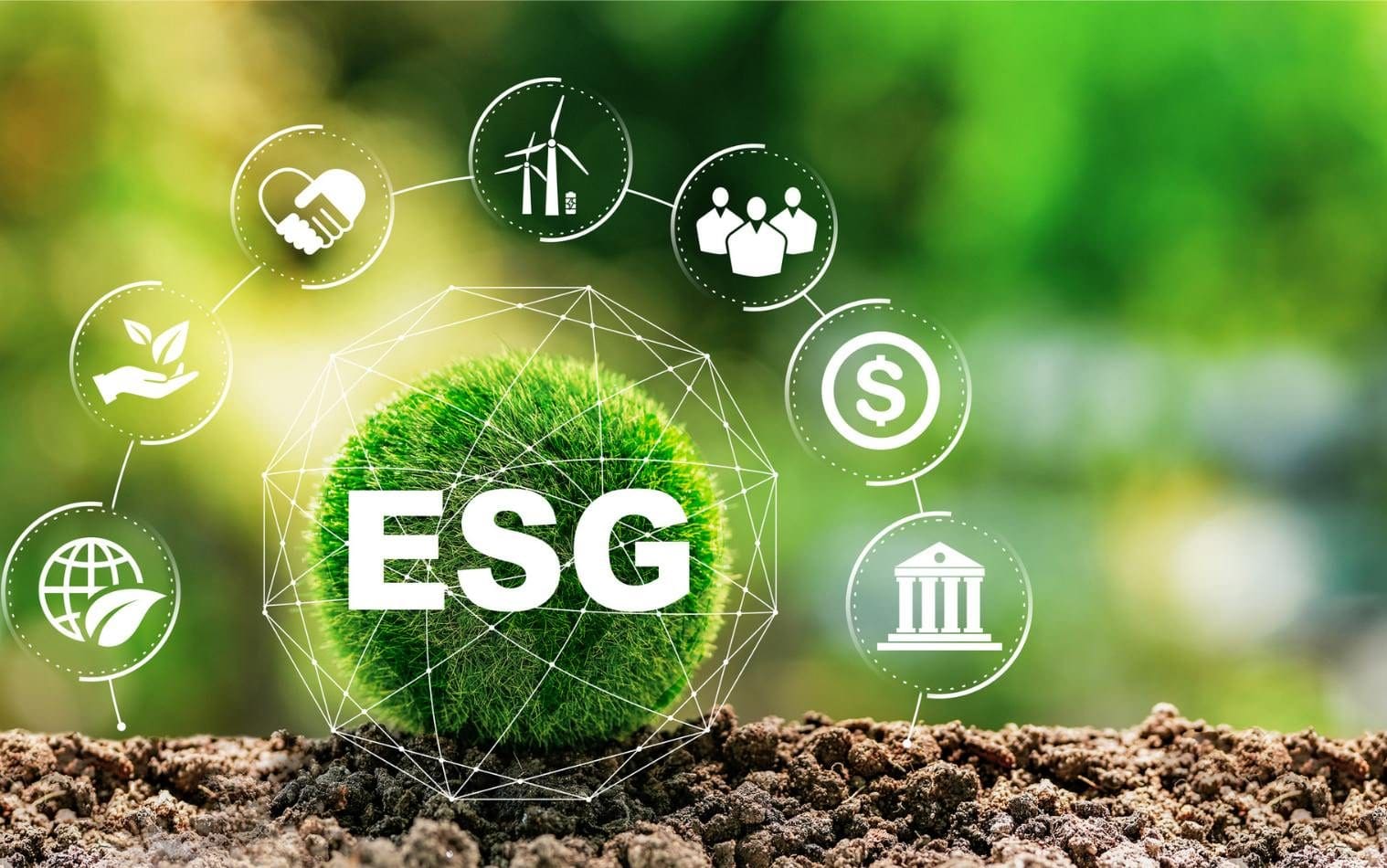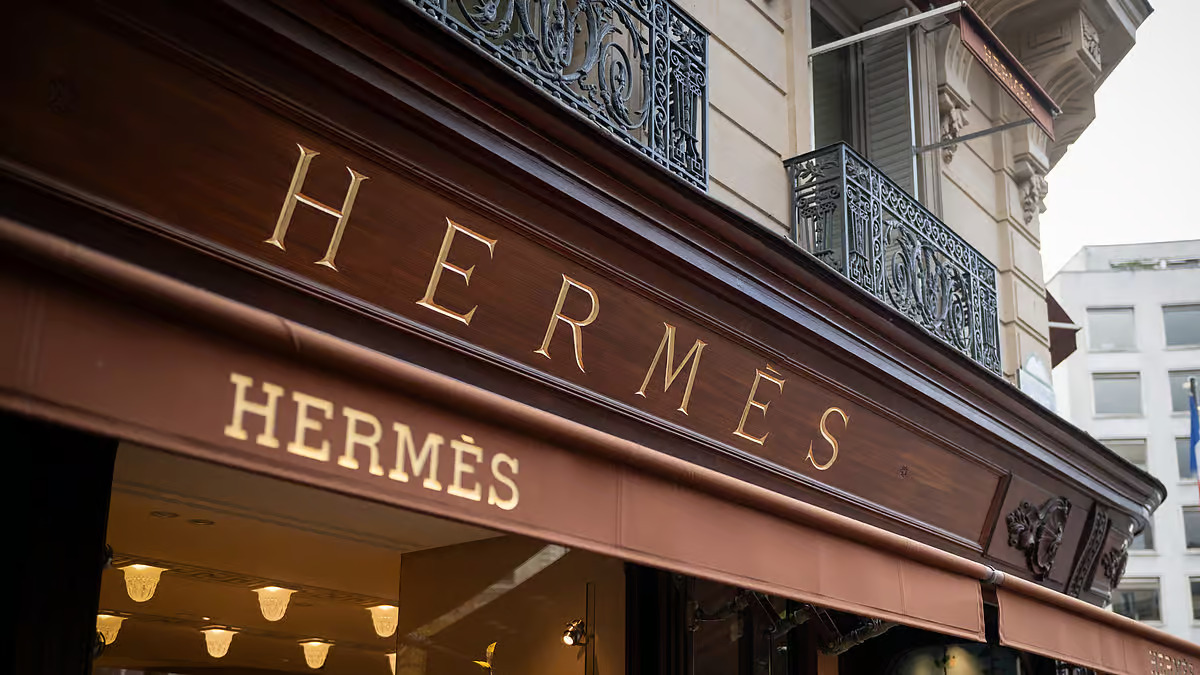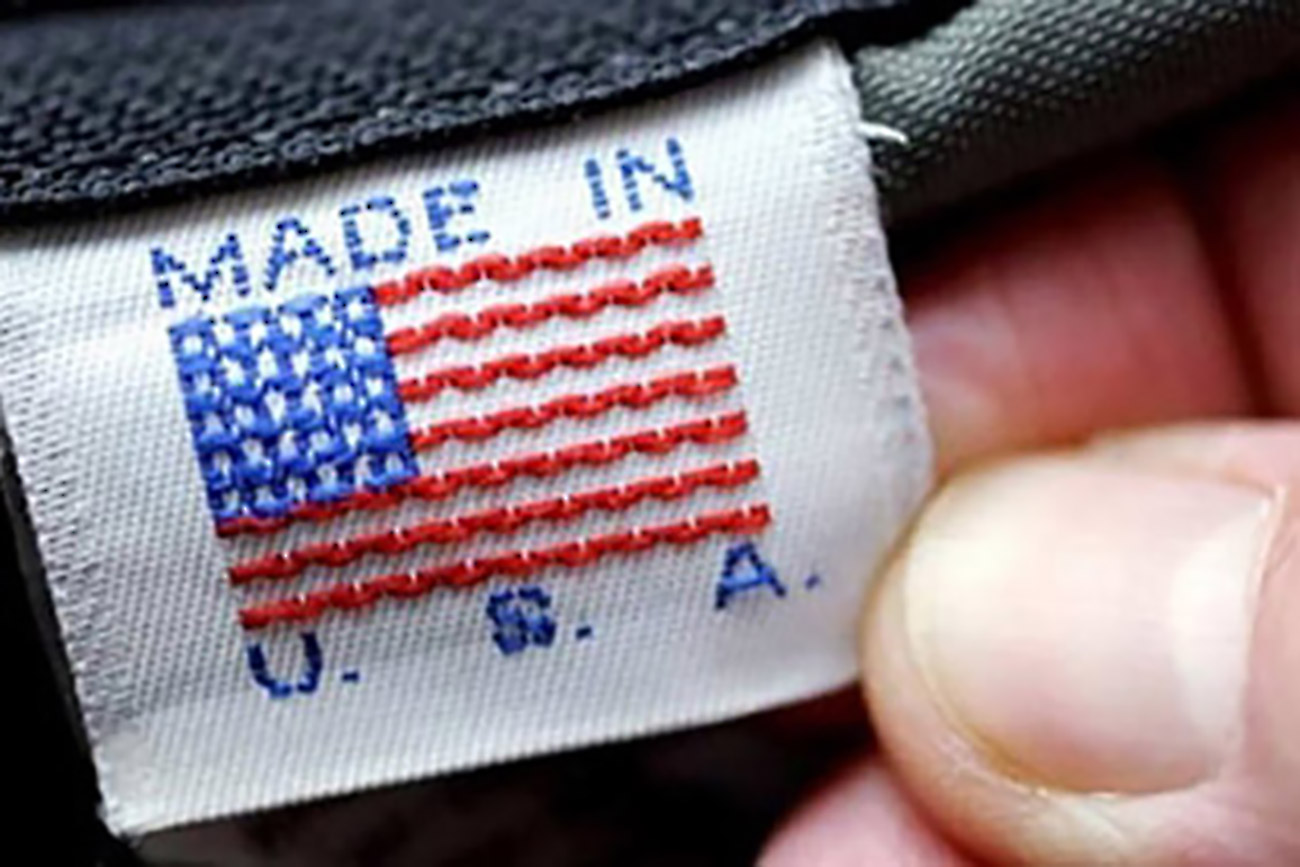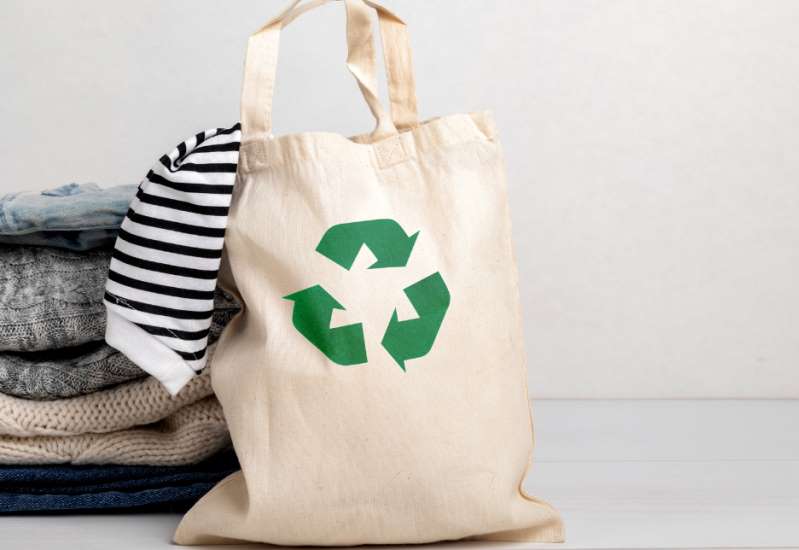FW
Leading global thread supplier, American & Efird (A&E) has inaugurated its 24th production plant in Chattogram, Bangladesh, marking a significant milestone in the company's strategic global expansion. This state-of-the-art facility helps boost A&E's manufacturing network besides enhancing the company’s ability to meet the increasing demand for advanced thread solutions in Bangladesh and across South Asia.
Strategically positioned near Chattogram's bustling seaport and financial hub, the new plant complements A&E's existing operations in Gazipur, reinforcing the company's commitment to the region. This expansion is designed to increase production capacity, improve service delivery, and shorten lead times ensuring A&E can efficiently provide premium-quality thread products to its global clientele.
The facility's inauguration was attended by prominent industry figures, customers, suppliers, partners, and government officials. Jeffrey P Pritchett, CEO, Elevate Textiles, A&E’s parent company, says, this expansion underscores the company’s long-term vision and dedication to deliver innovative thread solutions.
The Chattogram plant is equipped with advanced manufacturing technologies and scalable production processes to meet rising market demands. Some of its key features include advanced production lines for spun and filament threads, dedicated R&D for product innovation, sustainability-focused operations with green technologies, and the creation of over 350 local jobs, contributing to regional economic development.
Investing in this facility will help the company strengthen its manufacturing base, enhancing product availability, and improving service in the Chattogram market, says Chris Alt, President, A&E. As demand for its thread and specialty yarn products grows, this plant will play a vital role in meeting customer needs with speed, efficiency, and precision, he adds.
Angelo Leanage, Managing Director, A&E South Asia, adds, the company aims to deliver high-quality products and services that meet evolving customer needs. This new facility not only expands the company’s footprint and capabilities but also brings jobs, economic growth, and social development to the region.
Beyond manufacturing, the Chattogram plant will serve as a regional innovation hub, where A&E will develop advanced thread solutions, optimize production processes, and implement sustainability initiatives. A&E remains committed to reducing its environmental impact and integrating sustainable practices across all operations.
This expansion reinforces A&E's leading position in the global textile industry, building on its legacy of excellence since 1891. The Chattogram facility is poised to play a pivotal role in the company's future growth and in shaping the next generation of thread solutions.
A new report titled, ‘Responsible UK Fashion and Textile Supply Chains,’ released by the UK Fashion & Textile Association (UKFT), aims to improve social and ethical compliance within UK fashion and textile manufacturing to increase domestic production. This report pinpoints practical solutions and opportunities to create positive change for manufacturers, brands, and retailers, and is a key step in supporting the UK fashion and textile industry's efforts to bring production back to the UK.
Drawing from extensive input from industry stakeholders, the report identifies opportunities in five key areas: legislation and policy, training and education, simplifying standards, tools and systems, and incentives and funding. Based on industry expertise, these recommendations will help position the UK as a leader in responsible fashion and textile manufacturing, building on its commitment to ethical and sustainable practices.
This report was developed in partnership with UK Research & Innovation (UKRI) and the Circular Fashion Innovation Network. It is a part of the sustainable manufacturing initiative, which also includes projects and actions to explore high-volume manufacturing in the UK, enhance existing UK manufacturing capacity, and reduce carbon emissions in manufacturing.
Brands and retailers are increasingly looking into local manufacturing solutions, and UK manufacturers are exploring ways to expand production and increase capacity, says Adam Mansell, CEO, UKFT. Domestic sourcing offers benefits like greater responsiveness, flexibility, a smaller carbon footprint, and improved visibility into manufacturing environments. By addressing the social and ethical compliance landscape, manufacturers can fully unlock these opportunities and drive positive growth for the manufacturing industry here in the UK.
The insights and recommendations will help create the conditions necessary for UK manufacturing to thrive, supporting the Circular Fashion Innovation Network's vision of an innovative and responsible industry.
As per recent data from the country’s Ministry of Commerce, driven by entrepreneurial initiatives, Turkiye’s towel exports to the United States continue to rise.
A company co-founded by a Turkish entrepreneur, American Soft Linen currently supplies 10 million Turkish-made towels to American consumers annually. Founded Reşit Akçam, CEO in 2013, American Soft Linen has become a trusted supplier to major US retailers, bringing the quality of Turkish cotton to the American market since 2016.
Starting as an online-only brand, the brand has quickly expanded and today supplies towels, bathrobes, and bathroom textiles to America's top retail giants. American Soft Linen has received over 100,000 customer reviews on online marketplaces and has been recognized as the best towel brand on Amazon.com since 2019, notes Akcam.
American Soft Linen has elevated the perception of Turkish cotton and towels in the US, emphasizes Akcam. Inspired by Turkish cotton's exceptional water absorbency and natural softness, the brand developed a unique thread technology. This special thread makes their towels more durable and softer, he adds.
Akçam notes, towel and bathrobe sets are the most popular products of American Soft Linen in the US The brand conducts all business online and is present on platforms like Amazon, Target, Walmart, Macy's, Wayfair, Bed Bath & Beyond, Overstock, Home Depot, Kohl's, and Kroger, as well as our own website, adds Ackam further.
Representing sophistication and superior quality, Turkish cotton bath towels are now considered as an investment option, notes Ackam. The brand has been successful in building a trade bridge between Turkey and the US, and plan to accelerate their growth and expand to new countries and cities, he affirms.
Bangladesh's ready-made garment (RMG) exports to the European Union (EU) increased by 61 per ecnt in January, outpacing key competitors like China, Vietnam, Turkey, and India. As per data from Eurostat, apparel exports increased tp €1.91 billion from €1.18 billion in the same month last year.
Knitwear exports expanded by 64.2 per cent to €1.14 billion, while woven garment exports increased by 56.3 per cent to €765.96 million. Overall, Bangladesh's garment shipments to the EU rose by over 58 per cent in volume, reaching 126.86 million kg.
Exporters attribute this growth to rising global demand, a shift of work orders from China, and duty-free market access. Domestic factors include competitive pricing, enhanced capacity, efficiency, productivity, workplace safety, and quality production. These developments have strengthened buyer confidence and created a favorable business environment.
The EU's total apparel imports grew by 32 per cent to €8.28 billion. Among Bangladesh's competitors, China saw a 40.81 per cent increase, while India, Pakistan, and Cambodia experienced double-digit growth.
Citing the industry’s recovery, Fazlul Hoque, Former president of the Bangladesh Knitwear Manufacturers and Exporters Association (BKMEA), says, the growth is encouraging.
Expanding its global fashion portfolio, leading e-commerce retailer Nykaa Fashion has added Tommy Hilfiger and Calvin Klein to the platform.
This addition enables Nykaa Fashion to offer over 2,000 styles across categories including menswear, womenswear, handbags, footwear and accessories from both these brands.
The collection offered by Calvin Klein includes underwear, denim, apparel, accessories, fragrances while Tommy Hilfiger collection features denim, tailored essentials, relaxed casuals, and accessories.
Adwaita Nayar, CEO, Nykaa Fashion, says, offering these collections enables the e-commerce company to bring both heritage and innovation to the Indian fashion landscape and provide customers with the best in luxury, style, and trendsetting designs.
The latest collections from Tommy Hilfiger and Calvin Klein will be available on the Nykaa Fashion app and website from March 22.
Nike, Inc reported a 9 per cent drop in revenue for the third quarter of fiscal 2025, ending February 28, reflecting weaker demand across all regions. Total revenue stood at $11.3 billion, with Nike Brand revenue down 9 per cent to $10.9 billion. Nike Direct sales fell 12 per cent to $4.7 billion, impacted by a 15 per cent drop in digital sales and a 2 per cent decline in owned stores. Wholesale revenue slipped 7 per cent to $6.2 billion, while Converse revenue dropped 18 per cent to $405 million.
Gross margin declined by 330 basis points to 41.5 per cent due to increased discounting, higher product costs, and inventory adjustments. Selling and administrative expenses fell 8 per cent to $3.9 billion, driven by lower wage-related costs and restructuring savings. Demand creation expenses, however, rose 8 per cent to $1.1 billion due to higher brand marketing spending.
Nike’s net income fell 32 per cent to $0.8 billion, with diluted earnings per share declining 30 per cent to $0.54. The effective tax rate dropped to 5.9 per cent from 16.5 per cent last year, aided by a one-time tax benefit.
Despite the challenges, Nike maintained shareholder returns, distributing $1.1 billion in Q3, including $594 million in dividends up 6 per cent from the prior year and $499 million in share repurchases. Since launching its $18 billion buyback program in June 2022, the company has repurchased 119.3 million shares worth $11.8 billion.
Nike CEO Elliott Hill emphasized confidence in the company’s ‘Win Now’ strategy, which focuses on athlete-driven storytelling and innovation. CFO Matthew Friend noted that the company’s outlook for the second half of fiscal 2025 remains unchanged despite a dynamic operating environment.
Nike’s inventory stood at $7.5 billion, down 2 per cent from the previous year, while cash and equivalents totaled $10.4 billion.
Poised for significant growth, the global sports apparel market is projected to reach $383.89 billion by 2030, as per a report by Apparel Resources. Fueled by a growing awareness of health and a boom in outdoor recreational activities, the market will grow at a compound annual growth rate (CAGR) of 6.7 per cent from 2024-30.
Currently, the largest share in the global sports apparel market is held by North America with the United States alone valued at $76.13 billion in 2023. Adapting to the changing consumer demands, retailers are enhancing in-store experiences with recreational features and forming strategic partnerships with well-known athletes and celebrities. This strategy aims to attract customers seeking both products and engaging experiences.
The top wear segment dominates the product category with apparel items like T-shirts and sweatshirts, while the men's segment continues to lead in end-user demand.
Driven by urbanization and rising disposable incomes, the Asia Pacific region is experiencing rapid growth, leading to increased participation in sports and fitness activities.
To maintain their competitive edge, major industry players are actively pursuing various strategies. For instance, Puma is focusing on new product lines, while Champs Sports is launching private label apparel through athlete partnerships, and Nike is reassessing its strategic direction in response to market share fluctuations.
Despite the positive outlook, the market faces challenges, including shifting consumer preferences, trade disputes, and geopolitical uncertainties. To navigate these challenges, brands must prioritize strategic agility, innovation, and targeted marketing efforts. Flexibility and adaptability will be crucial for maintaining growth and market position in this dynamic industry.
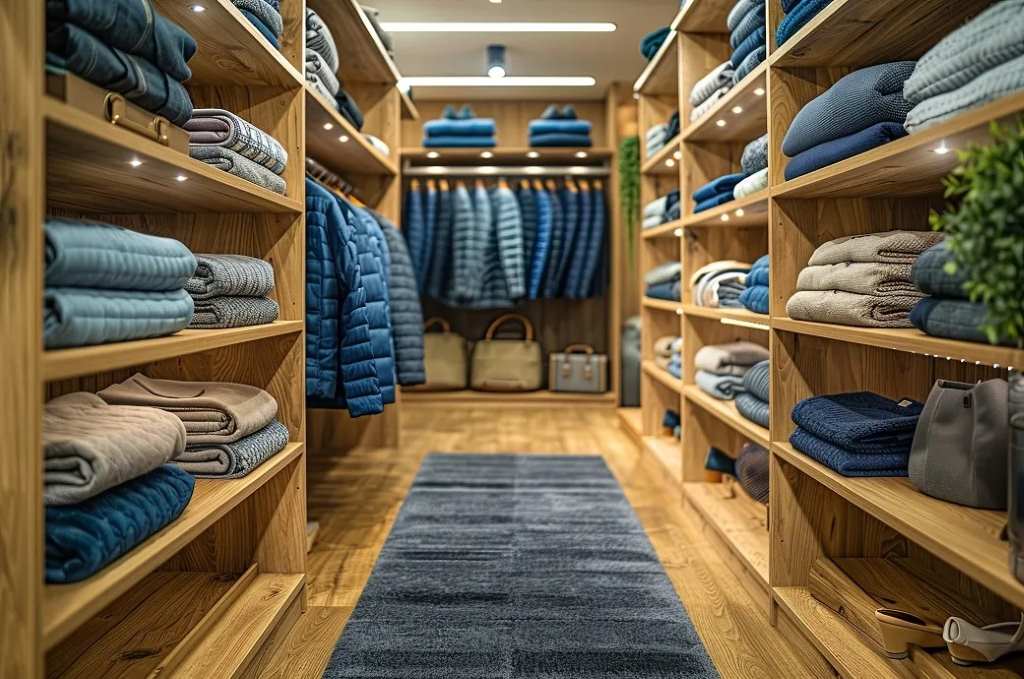
A recent analysis of collated export data by CITI for February 2025 reveals some intriguing trends for Indian textile and apparel sector.
In February 2025, Indian textile exports saw a downturn, registering a 7.35 per cent decrease compared to February 2024. This decline is further reflected in the cumulative exports of textiles and apparel, which show a 2.27 per cent degrowth over the same period.
However, the apparel sector reflects a different story. In February 2025, apparel exports saw a growth of 3.97 per cent compared to the previous year. This positive momentum is also evident in the cumulative exports from April 2024 to February 2025, where apparel exports grew 10.71 per cent over the corresponding period of previous year.
Table: Textile & apparel exports (excluding jute, carpet & handicrafts)
|
Particulars |
Feb-24 |
Feb-25 |
% Change |
Apr'23-Feb'24 |
Apr'24-Feb'25 |
% Change |
|
Cotton Yarn/Fabs./made-ups, Handloom Products etc. |
1,027.12 |
981.8 |
-4.41 |
10,589.32 |
10,938.03 |
3.29 |
|
Man-made Yarn/Fabs./made-ups etc. |
431.73 |
395.65 |
-8.36 |
4,239.78 |
4,432.09 |
4.54 |
|
Textiles |
1,814.38 |
1,681.07 |
-7.35 |
17,928.47 |
18,759.23 |
4.63 |
|
Apparel |
1,476.34 |
1,534.94 |
3.97 |
13,059.37 |
14,458.00 |
10.71 |
|
Textile and Apparel |
3,290.72 |
3,216.01 |
-2.27 |
30,987.84 |
33,217.23 |
7.19 |
Looking at the broader picture, from April 2024 to February 2025, Indian textile exports grew by 4.63 per cent compared to the previous year. The cumulative exports of textiles and apparel during this period also registered a healthy growth of 7.19 per cent as compared to April 23-February 24.
The data highlights a nuanced picture of the Indian textile and apparel export market. While the textile sector experienced a setback in February 2025, its overall performance shows resilience. The apparel sector, on the other hand, is a bright spot, driving overall growth. This mixed performance highlights the dynamic nature of the industry and the need for stakeholders to adapt to evolving market conditions.
A comparative picture
For a more comprehensive view, of the export trends here is the data for the last two months of 2024 and early 2025.
Table: Textile and apparel exports
|
Particulars |
Dec-24 |
Jan-25 |
Feb-25 |
|
Cotton Yarn/Fabs./made-ups, Handloom Products etc. |
- |
1,038.55 |
981.8 |
|
Man-made Yarn/Fabs./made-ups etc. |
- |
425.82 |
395.65 |
|
Textiles |
- |
1,796.29 |
1,681.07 |
|
Apparel |
- |
1,606.42 |
1,534.94 |
|
Textile and Apparel |
- |
3,402.71 |
3,216.01 |
The comparison between January and February 2025 reveals a downward trend in exports across all categories. Textile exports decreased from $1,796.29 million in January to $1,681.07 million in February. Similarly, apparel exports dropped from $1,606.42 million to $1,534.94 million. The overall textile and apparel exports also saw a decline from $3,402.71 million in January to $3,216.01 million in February.
While the data for December 2024 is unavailable in the provided source, the trend from January to February 2025 indicates a slowdown in export activity. This decline could be attributed to various factors such as seasonal fluctuations, changes in demand, or other economic influences. Further investigation into these factors would be essential to understand the reasons behind this trend.
The three-month analysis indicates a fluctuating trend in India’s textile and apparel exports. The increase from December to January could be attributed to seasonal demand or other market factors, while the subsequent decline in February suggests a potential slowdown or correction in the market. It's crucial for industry stakeholders to monitor these trends closely and adapt their strategies accordingly.
Despite minor variations, the CEPEA/ESALQ Index for cotton prices in Brazil reached its highest point in a year by mid-March, as per by the Centre for Advanced Studies on Applied Economics (CEPEA).
From February 28-March 14, 2025m the Index (with payment in eight days) increased by 1.92 per cent, closing at BRL 4.2582 (approximately $0.75) per pound. This is the highest level since March 14, 2023 (BRL 4.2754 per pound), in nominal terms.
Market participants are primarily focused on securing long-term contracts, particularly for the international market, where deals have been finalized at higher prices than those seen domestically, CEPEA stated in its latest bi-weekly report on the Brazilian cotton market.
Recent price increases in the global market have strengthened sellers' confidence, leading them to maintain firm pricing strategies for new spot market transactions. Meanwhile, demand remains steady, with industry buyers purchasing batches to replenish inventories or fulfill immediate production requirements.
As per data from Secex, Brazil exported 274.63 thousand tons of cotton in February, a record high for that month. However, exports decreased by 33.9 per cent compared to January 2025. Over the past 12 months (March 2024 – February 2025), Brazilian cotton exports exceeded 2.9 million tons.
The latest report from the International Cotton Advisory Committee (ICAC) indicates that global cotton production for the 2024/25 season could increased by 0.55 per cent to 25.688 million tons, in March, registering a 6.52 per cent rise compared to 2023/24.
Global cotton consumption is also projected to increase, with estimates reaching 25.527 million tons, a 2.27 per cent Y-o-Y rise. This leaves only a 0.63 per cent difference between supply and demand.
Amazon has introduced a new service to help companies in its value chain invest in high-quality carbon credits, supporting their net zero climate goals. The initiative aims to tackle market challenges such as transparency and quality by leveraging Amazon’s scale and expertise.
The service will focus on three key areas: preventing deforestation, restoring forests, and advancing technological carbon removal. Amazon will work with third-party experts to validate projects and employ rigorous evaluation methods rather than relying solely on existing standards.
An expansion of Amazon’s Sustainability Exchange platform, the service will be available to Amazon suppliers, enterprise customers, and Climate Pledge signatories. Eligible companies must have net zero targets covering Scopes 1, 2, and 3 emissions, publicly report their carbon footprint, and implement science-based decarbonization strategies.
Amazon’s Chief Sustainability Officer, Kara Hurst, highlighted the importance of credible carbon markets, stressing the need to halt deforestation and restore forests to combat climate change. She noted that the new service will help direct private sector funding into impactful projects.


